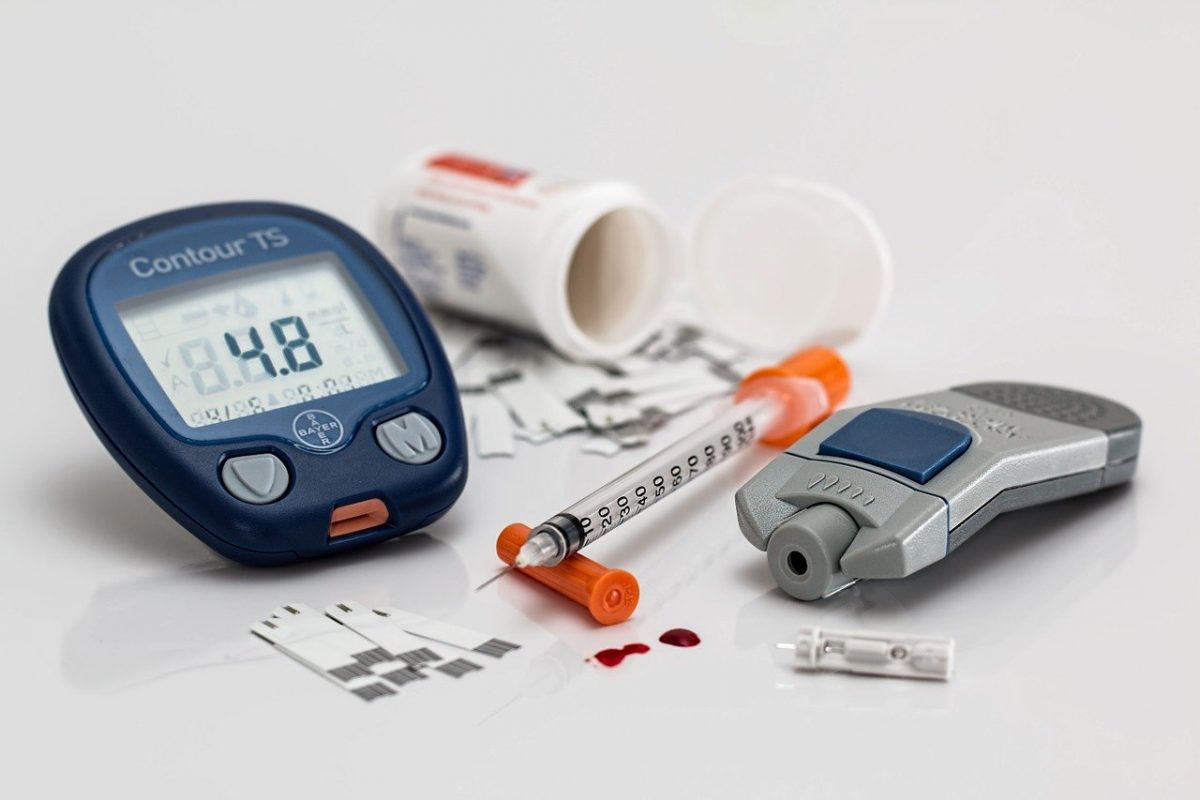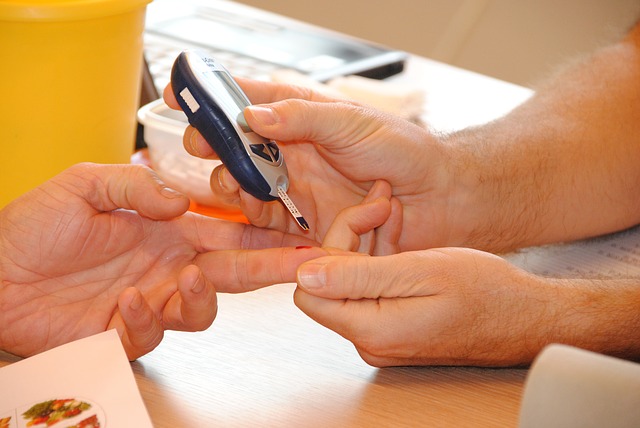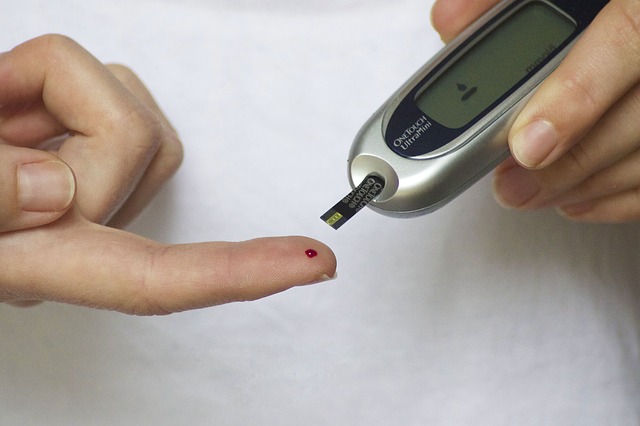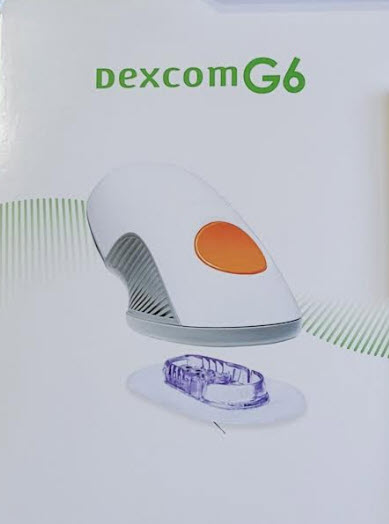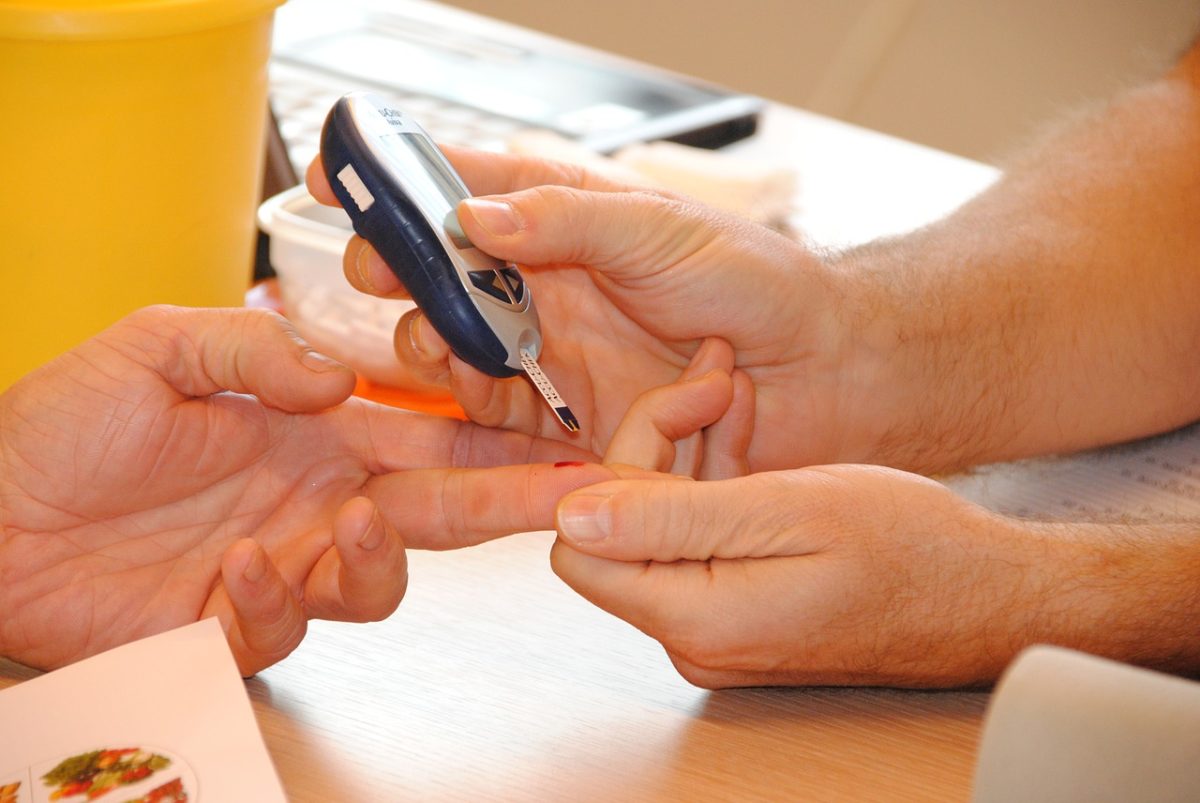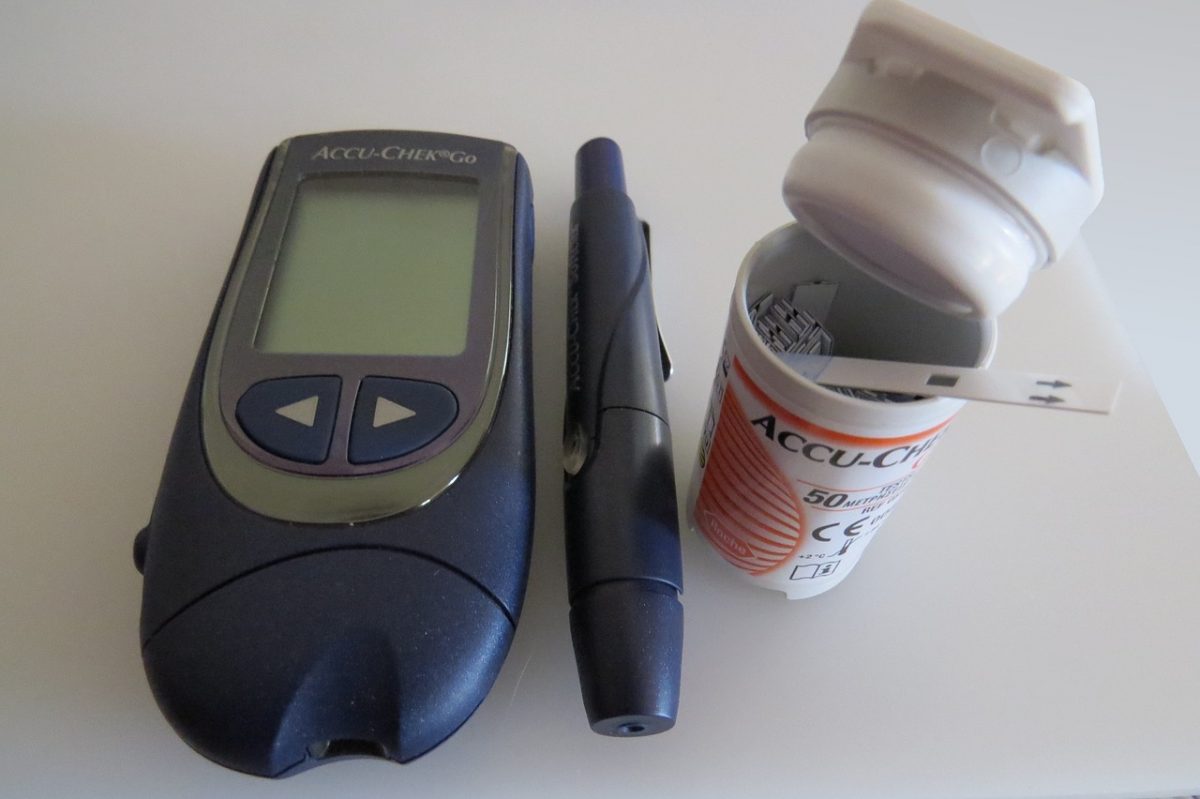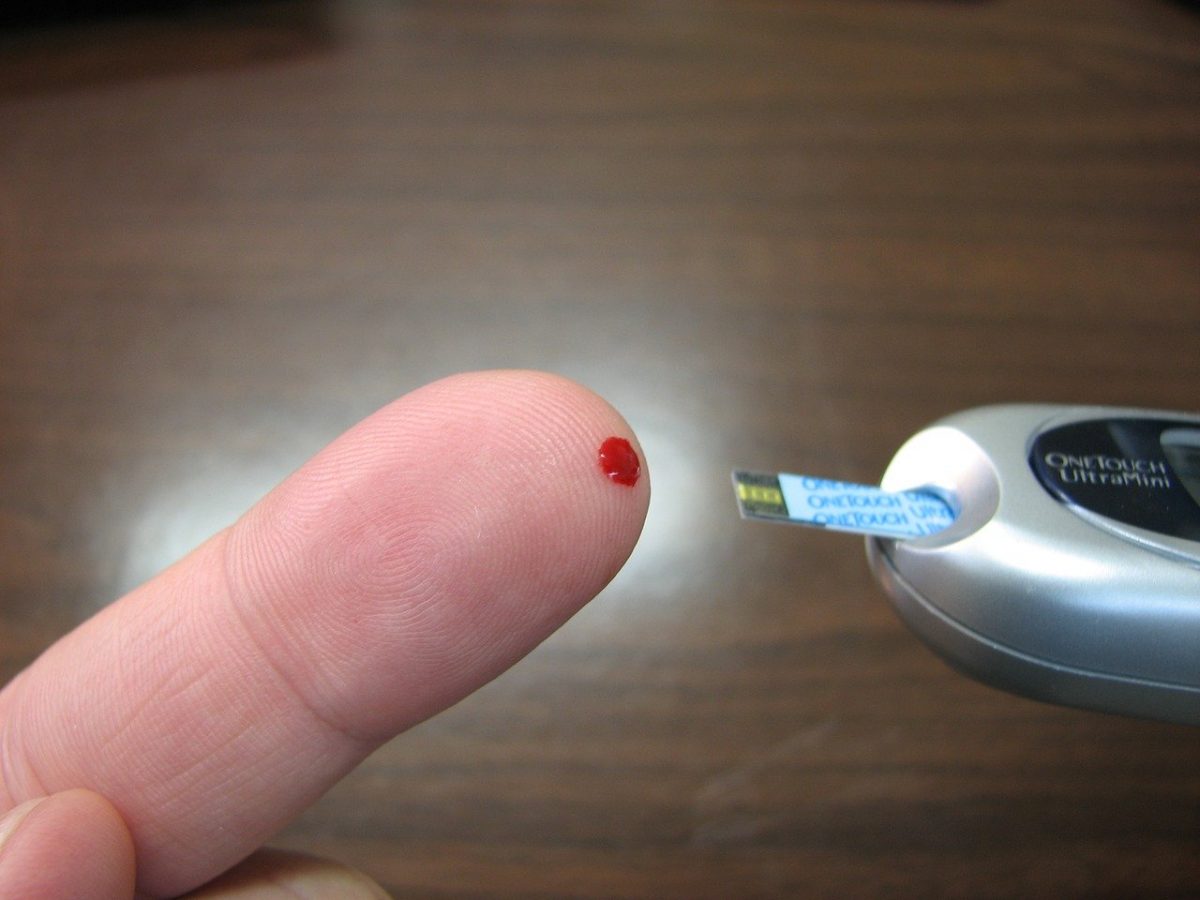Test strips are one of the essential tools that people with diabetes need to manage their disease. While all test strips measure the amount of glucose (sugar) in the blood stream, there are some things that people need to know about the tiny medical devices – especially for those that are newly diagnosed.
How They Work
Test strips utilize a very small amount of blood to measure the amount of glucose in the blood. The blood, combined with enzymes within the strip, creates an electrical impulse that’s transmitted to the meter. The meter produces a digital readout of the amount of sugar in the blood. It tells individuals if they have to administer insulin or eat something if the number is too low.
One Size Doesn’t Fit All
Each brand of test strips are made for a specific brand of meter. Test strips are not interchangeable among different meter brands.
Cost Varies
The cost of test strips varies widely, depending on the brand. Out-of-pocket costs will depend on an individual’s insurance coverage. Some healthcare insurers pay for more than an individual needs per month, while others may not cover enough.
Glucose meters and test strips can be purchased over the counter without a prescription. That route can be less expensive than using insurance to cover the cost, especially for those that are uninsured or underinsured.
Accuracy and Meter Features
An expensive meter doesn’t automatically make it more accurate. There are store brand meters and test strips that are highly accurate. Meters can have a variety of features that make them more desirable for some, such as large LED displays or those that will give an audible reading.
Personal Choice
The selection of a glucose monitor and the test strips it uses is a personal choice. Some physicians routinely prescribe a certain brand, but the choice is ultimately up to each individual and if they can afford the test strips it uses.
We Buy Unused Diabetic Test Strips and Supplies
If you would like to find out about earning cash for your unwanted, unused, and boxed test strips, complete our online quote form today.
If you have extra, unopened and unused boxes of diabetic test strips – whether you have switched brands, no longer need to test or test less frequently, or have a loved one who has passed away – don’t let them gather dust until they’ve expired and end up in the trash. We’re the best place to sell diabetic test strips online, and if you want to sell your test strips, we’re here to make the process easy and enjoyable!
Visit us at Sell Your Test Strips and get your free quote today!

